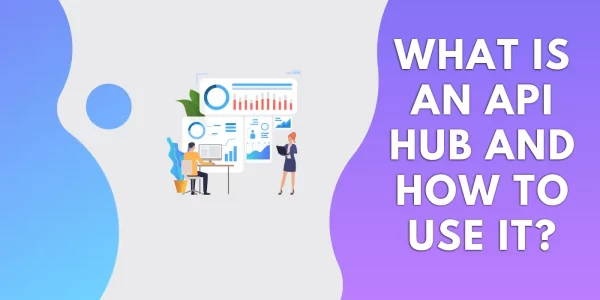In today’s digital landscape, Application Programming Interfaces (APIs) play a crucial role in connecting different software systems and enabling seamless communication between them. APIs allow developers to access and utilize the functionalities of existing applications, making it easier to integrate various services into new projects. To simplify the process of finding, exploring, and utilizing APIs, companies like Zylalabs have introduced API Hubs. In this article, we will delve into the concept of an API Hub, specifically focusing on Zylalabs API Hub, and explore What Is An API Hub and how you can leverage it to enhance your development projects.

What Is an API Hub?
An API Hub serves as a centralized platform that provides developers with a comprehensive catalog of available APIs, along with the necessary documentation and resources to understand and implement them effectively. It acts as a hub, bringing together various APIs from different providers, making it easier for developers to discover and access the functionalities they require for their projects.
API Hubs like Zylalabs API Hub not only simplify the process of finding APIs but also provide developers with a unified interface to interact with multiple APIs. They offer a range of features and tools that enable developers to explore, test, and integrate APIs seamlessly, saving valuable time and effort.
Exploring Zylalabs API Hub
Zylalabs API Hub is a user-friendly platform designed to simplify the API integration process. It offers a wide range of APIs, covering diverse functionalities, such as artificial intelligence, data analytics, and cloud computing. To make the most of Zylalabs API Hubs, follow these simple steps:
Step 1: Register and Access the API Hub
To begin utilizing Zylalabs API Hub, you need to register for an account. Visit the Zylalabs website and navigate to the API Hubs section. Fill out the registration form with the required details, and upon successful registration, you will be granted access to the API Hubs.
Step 2: Browse and Discover APIs
Once you have access to Zylalabs API Hubs, take some time to explore the available APIs. The hub categorizes APIs based on their functionalities, making it easier for developers to find what they need. Browse through the categories or use the search bar to find specific APIs.
Step 3: Understand API Documentation
Before integrating an API into your project, it is crucial to understand its functionality and how to use it effectively. Zylalabs API Hub provides detailed documentation for each API, including sample code snippets and usage guidelines. Take the time to go through the documentation to ensure a smooth integration process.
Step 4: Test APIs
Zylalabs API Hub offers a testing environment where developers can experiment and familiarize themselves with the APIs before implementing them in their projects. Utilize this feature to ensure that the APIs meet your requirements and function as expected.
Step 5: Integrate APIs into Your Projects
Once you have explored and tested the APIs on Zylalabs API Hubs, it’s time to integrate them into your projects. The hub provides comprehensive integration guides and code samples for popular programming languages, ensuring compatibility and easy implementation.
Conclusion:
In conclusion, an API Hubs like Zylalabs API Hubs serves as a valuable resource for developers seeking to leverage the power of APIs in their projects. By providing a centralized platform with a wide range of APIs, along with comprehensive documentation and testing capabilities, Zylalabs API Hubs simplifies the process of API integration. By following the steps outlined in this guide, you can efficiently explore, test, and integrate APIs into your projects, enhancing their functionality and saving valuable time and effort. Take advantage of Zylalabs API Hubs to unlock the full potential of APIs and drive innovation in your development endeavors.
Read More: Zyla API hub: How to get started

